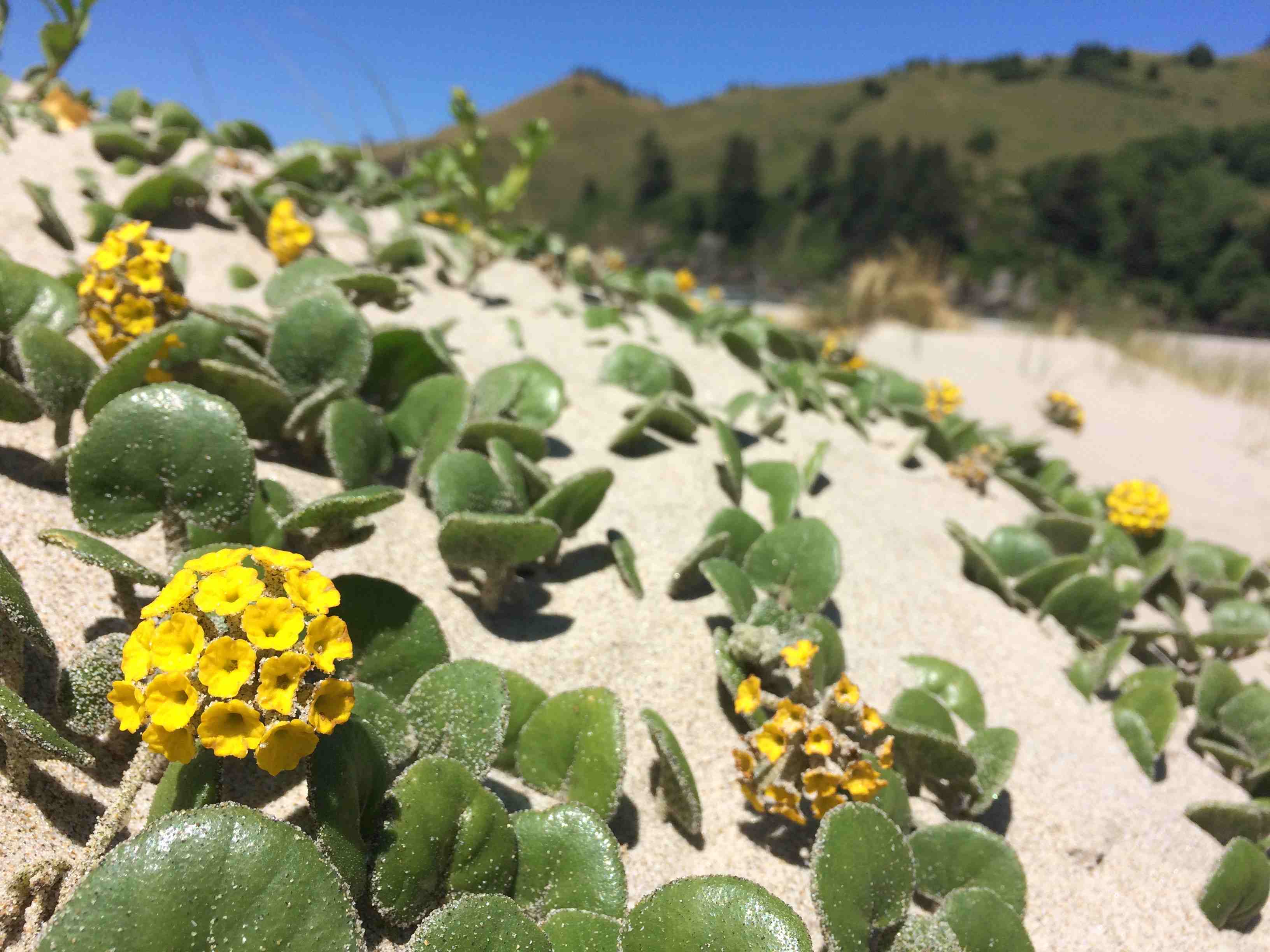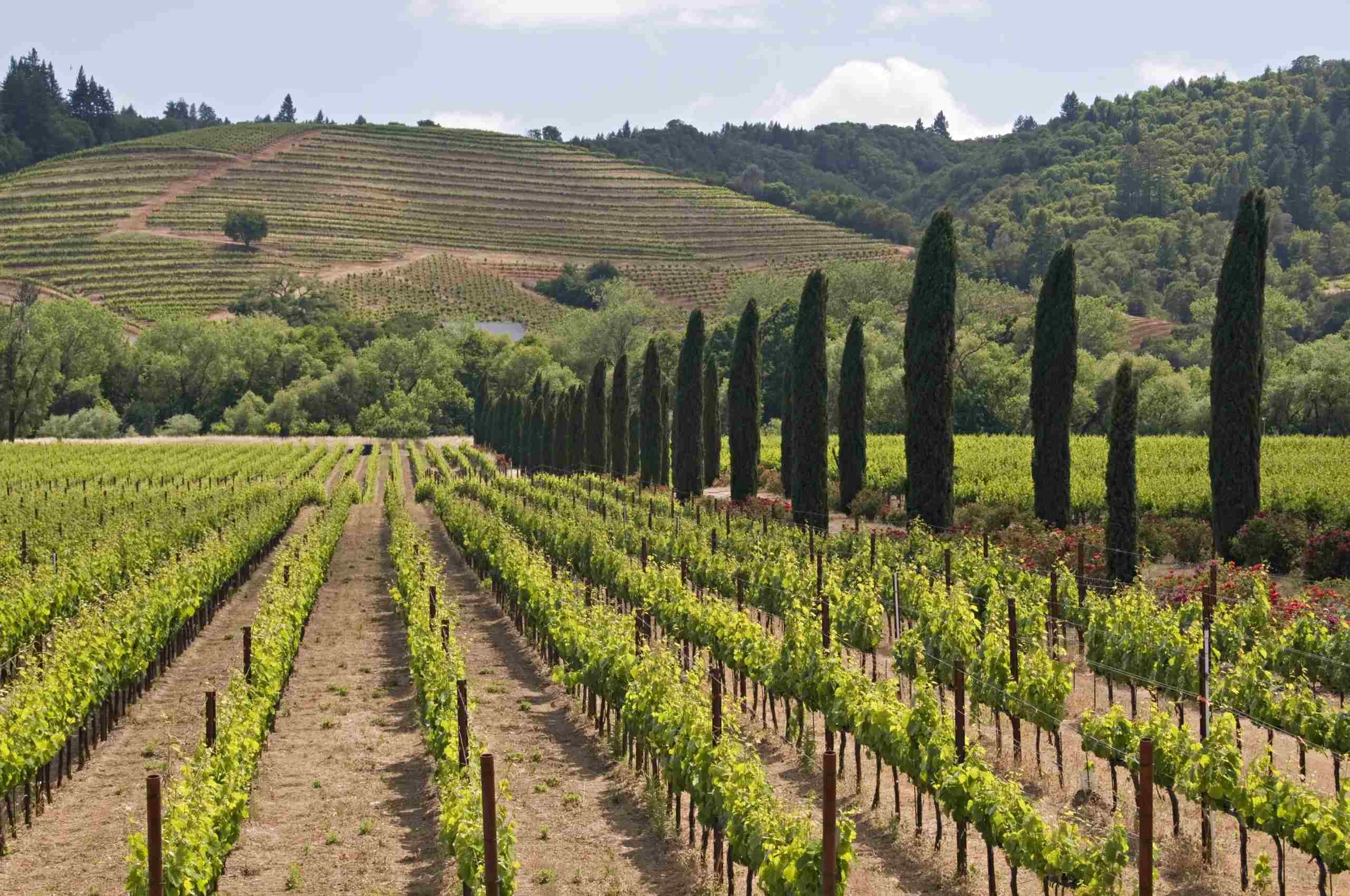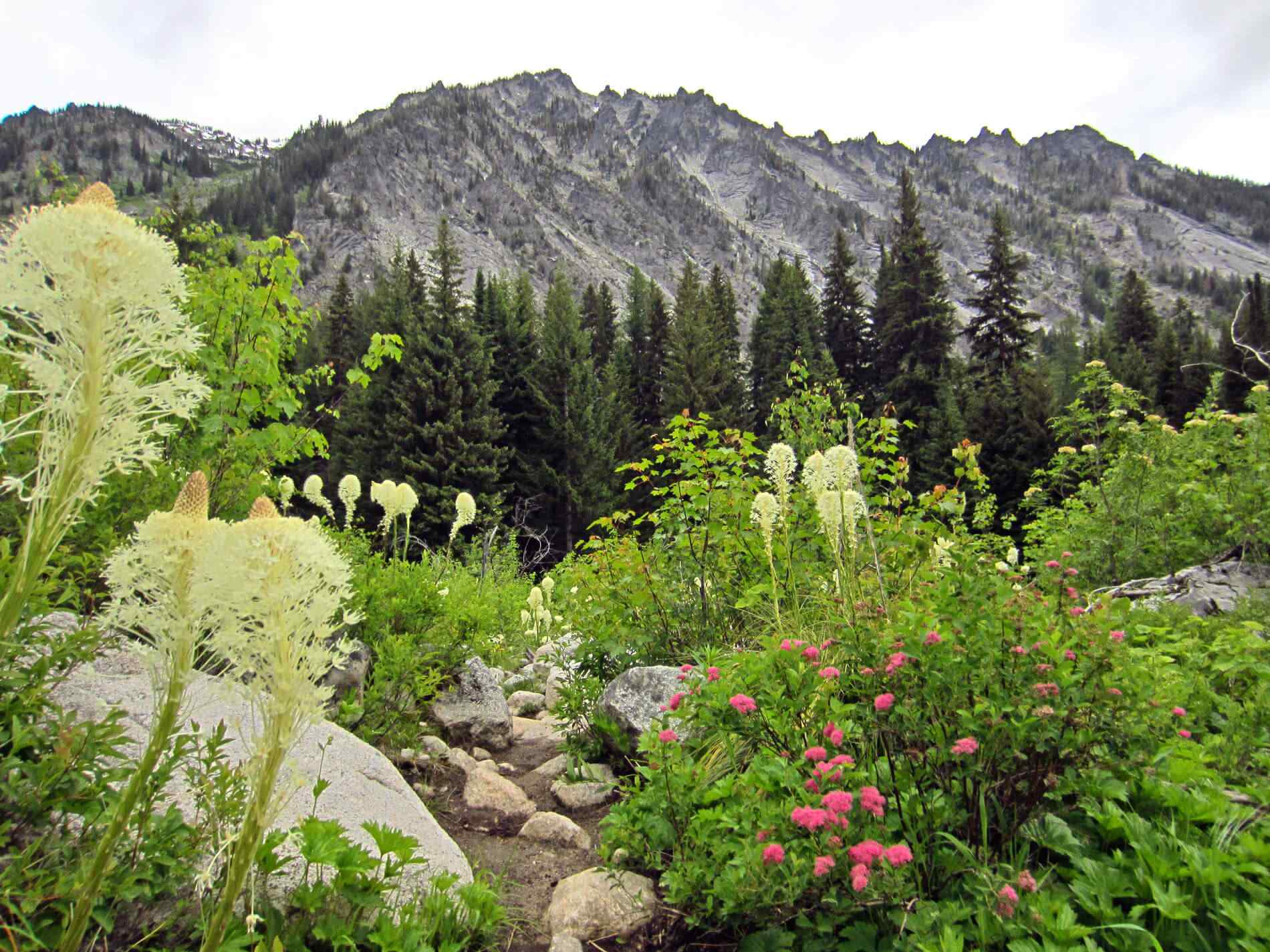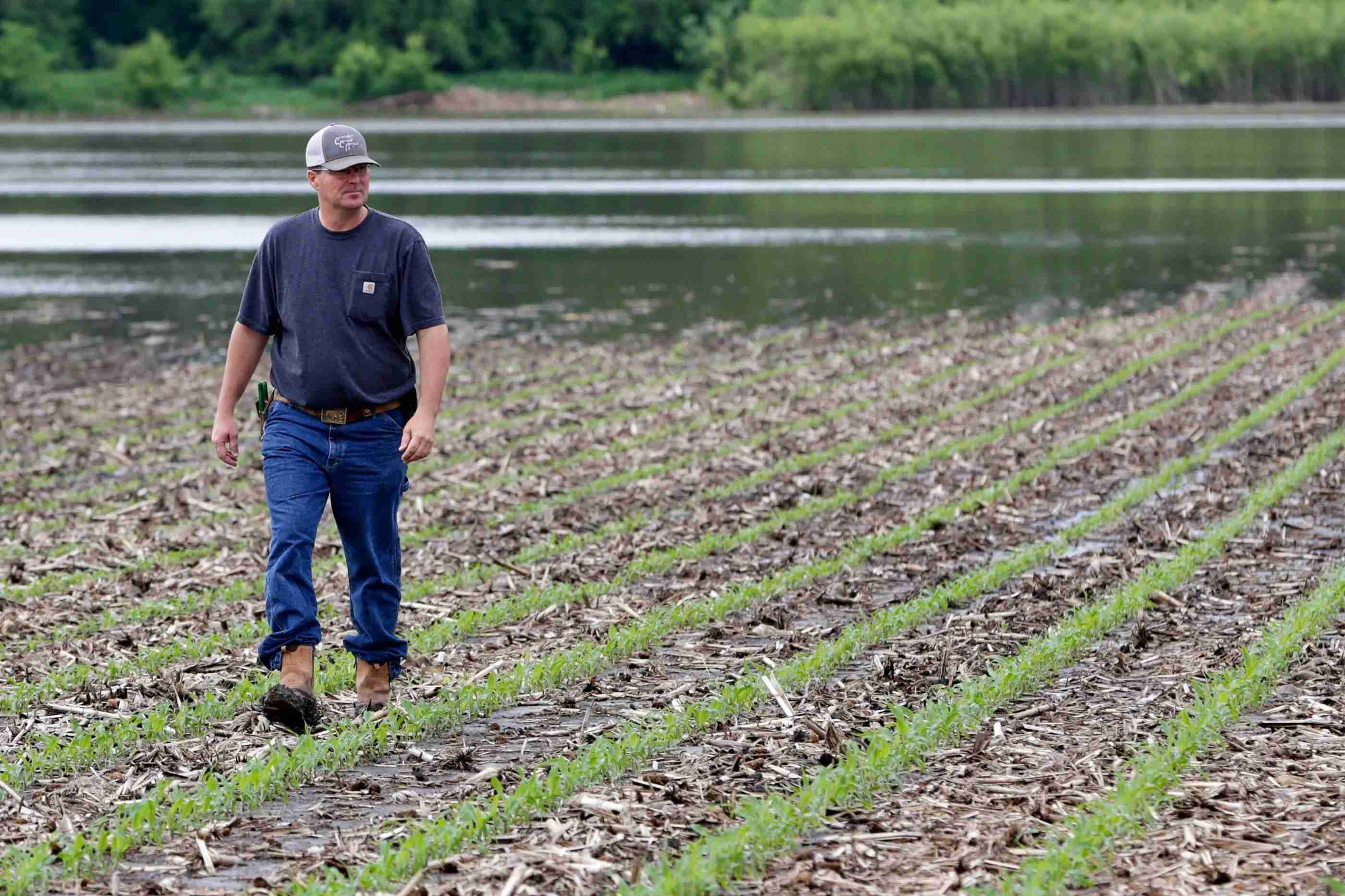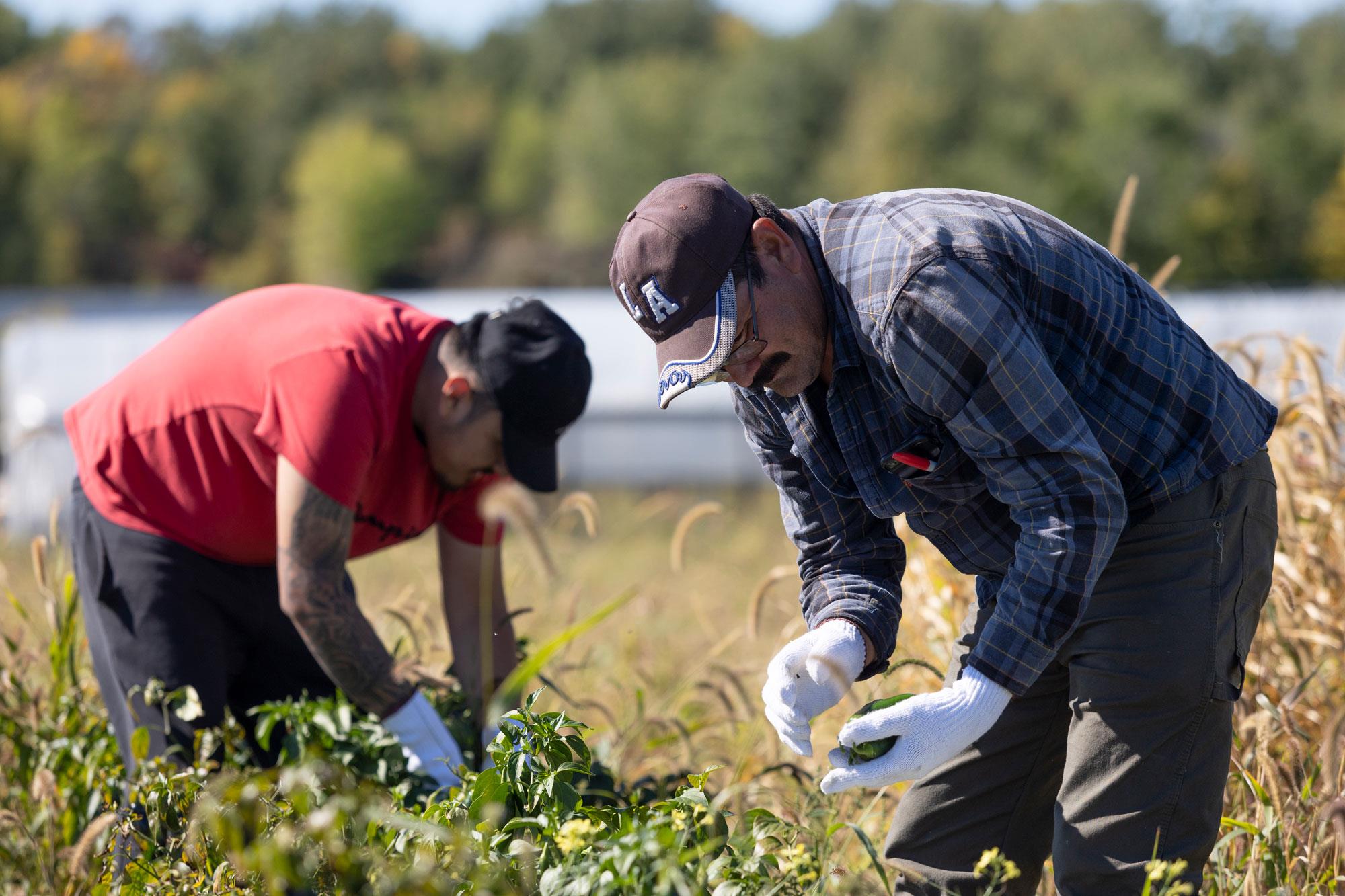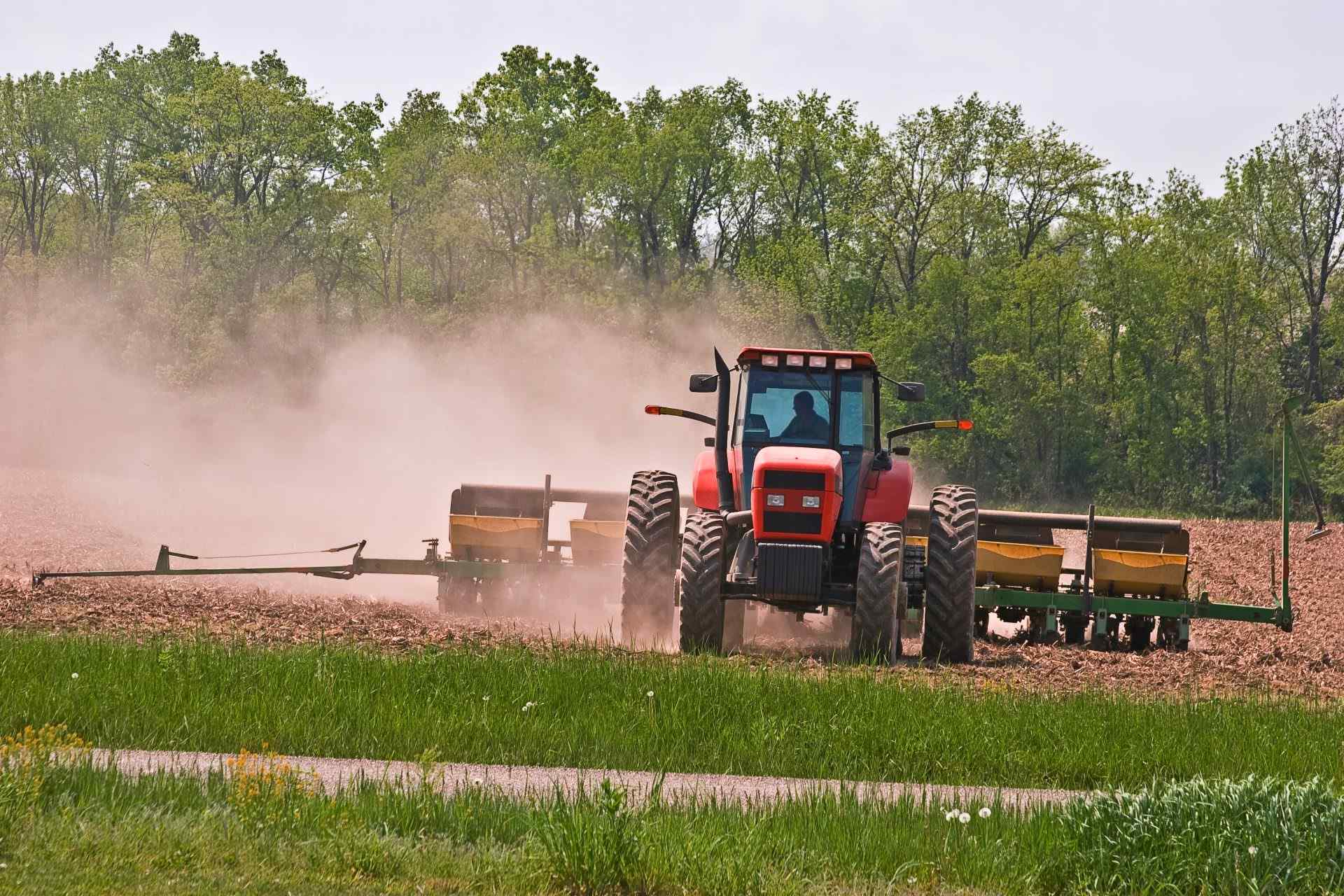Home>Gardening Basics>Understanding Soil>What Planting Zone Is Sacramento California
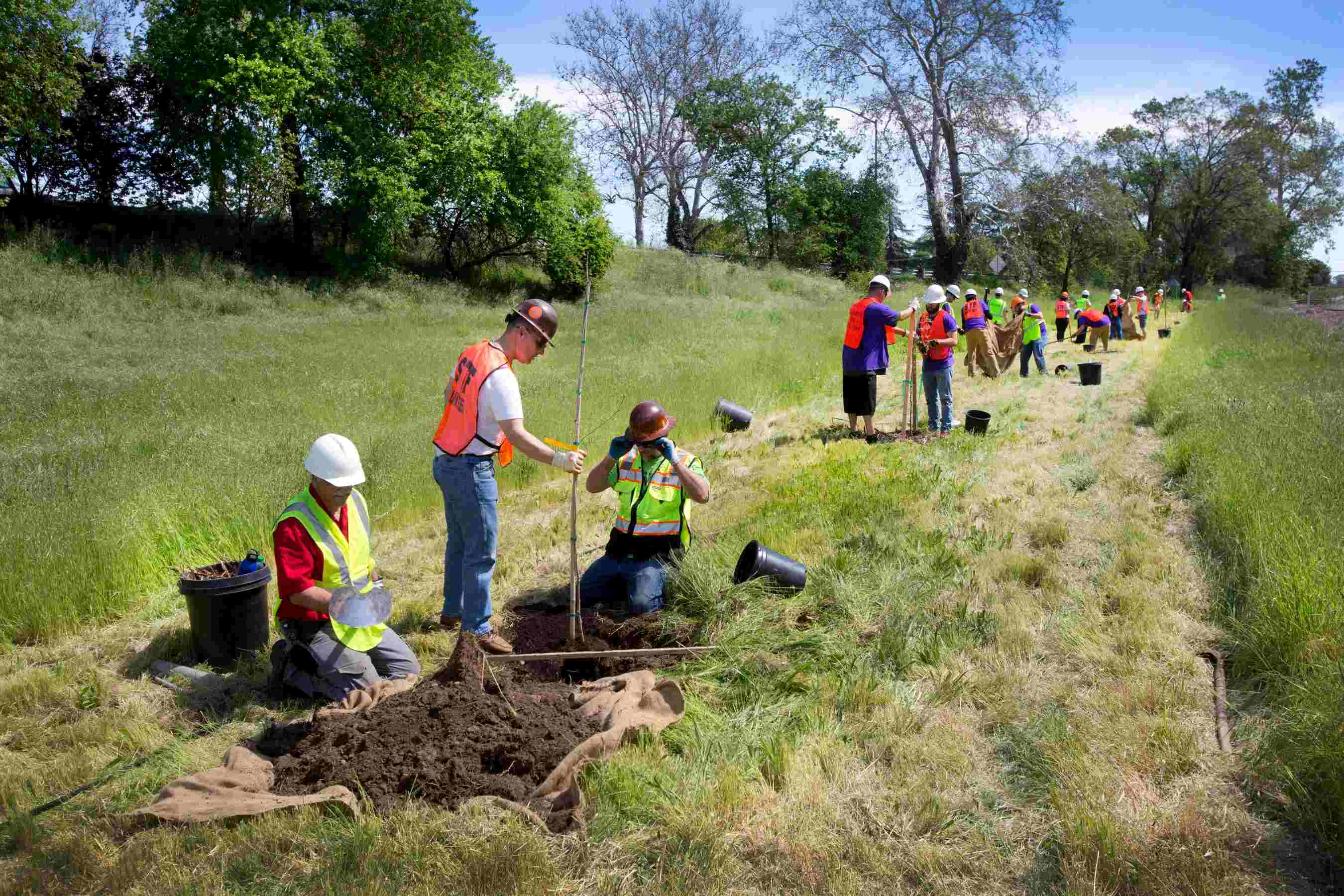

Understanding Soil
What Planting Zone Is Sacramento California
Modified: January 22, 2024
Find out which planting zone Sacramento, California falls into and gain a deeper understanding of soil for successful gardening.
(Many of the links in this article redirect to a specific reviewed product. Your purchase of these products through affiliate links helps to generate commission for Chicagolandgardening.com, at no extra cost. Learn more)
Table of Contents
Introduction
Welcome to Sacramento, California, a beautiful city known for its vibrant culture, scenic landscapes, and diverse plant life. If you are a gardening enthusiast or simply have a green thumb, understanding the planting zones in Sacramento is essential in ensuring successful and thriving gardens. Planting zones provide valuable information about the specific climatic conditions of a region, allowing you to choose the right plants that are best suited for your area.
Planting zones are determined based on factors such as temperature range, frost dates, and growing season length. By knowing your planting zone, you can make informed decisions about the plants that will thrive in your garden, maximizing their growth and yield.
Sacramento, located in USDA Hardiness Zone 9b and Sunset Climate Zone 14, offers a unique set of growing conditions that can influence the success of your garden. This article aims to provide you with a comprehensive understanding of the planting zones in Sacramento, including the climate and conditions that define the region, factors affecting planting zones, and a list of recommended plants to grow in this area.
Whether you are a beginner gardener or an experienced horticulturist, this article will serve as your guide to creating and maintaining a flourishing garden in Sacramento, California. So, grab your gardening tools and let’s dive into the world of planting zones!
Understanding Planting Zones
Planting zones are a system designed to help gardeners identify and understand the specific climatic conditions of a region. This valuable information assists in choosing the right plants for a particular area, ensuring their optimal growth and survival. The concept of planting zones is based on the average minimum winter temperature, which plays a significant role in determining a plant’s hardiness.
The United States Department of Agriculture (USDA) developed the USDA Hardiness Zone Map, which divides the country into 13 planting zones based on average annual minimum temperatures. Each zone is represented by a number and a letter, with Zone 1 being the coldest and Zone 13 being the warmest. This zoning system helps gardeners select plants that can withstand the coldest winters in their area.
In addition to the USDA Hardiness Zones, the Sunset Climate Zones are another widely-used system in determining suitable plants for specific regions. Created by Sunset Magazine, these zones provide more detailed information by considering factors such as winter lows, summer highs, rainfall, humidity, wind patterns, and other climatic variables.
It’s important to understand that planting zones are not the sole determinant of a plant’s success. Other factors such as soil type, sun exposure, wind patterns, and rainfall also contribute to plant health and growth. Therefore, it’s crucial to consider these factors in conjunction with planting zones to make informed decisions when selecting plants for your garden.
By understanding planting zones, you can choose plants that are well-suited for your climate, reducing the risk of plant stress, disease, and damage. This knowledge empowers gardeners to create thriving gardens that showcase the beauty of nature in their specific region.
Climate and Conditions in Sacramento, California
Sacramento, California is located in the Central Valley and experiences a Mediterranean climate characterized by hot, dry summers and mild, wet winters. This unique climate creates ideal conditions for a wide variety of plants to thrive.
In Sacramento, summers are typically long, hot, and dry, with average temperatures ranging from the mid-80s to the mid-90s Fahrenheit (around 29-35 degrees Celsius). It’s not uncommon for temperatures to exceed 100 degrees Fahrenheit (38 degrees Celsius) during heatwaves. Furthermore, the region experiences very little rainfall during the summer months, which can lead to drought conditions.
Winters in Sacramento are mild and wet, with average temperatures ranging from the mid-40s to the mid-50s Fahrenheit (around 7-12 degrees Celsius). Frost is rare, and the region generally doesn’t experience extended periods of freezing temperatures. However, occasional winter storms and rainfall can bring much-needed moisture to the area.
The soil in Sacramento is predominantly clay loam, which is moderately fertile and drains well. However, it’s important to note that the soil can vary throughout the region, ranging from loamy sands near the rivers to heavy clay soils away from water sources. It’s advisable to test your soil’s pH level and nutrient content to ensure optimal conditions for plants.
The region also experiences a phenomenon called the “Delta Breeze,” which is a cooling breeze that comes from the Sacramento-San Joaquin River Delta. The Delta Breeze helps to moderate temperatures during the hot summer months, providing some relief to both plants and humans alike.
Overall, the climate and conditions in Sacramento, California are suitable for a wide range of plant species. However, it’s important to select plants that can tolerate hot, dry summers and mild, wet winters. By considering the specific climate and soil characteristics of the area, you can create a beautiful and thriving garden that withstands the challenges of the seasons.
The Planting Zone of Sacramento, California
Sacramento, California falls within USDA Hardiness Zone 9b and Sunset Climate Zone 14. These planting zones help gardeners identify the suitable plants for the region by considering the minimum average winter temperatures and other climatic factors.
USDA Hardiness Zone 9b in Sacramento is characterized by minimum average temperatures ranging from 25 to 30 degrees Fahrenheit (-3 to -1 degrees Celsius). This means that the area experiences mild winters with rare frost occurrences and little to no risk of extended freezing temperatures. This mild winter climate provides an advantage for growing a wide range of plants that may not be suited for colder regions.
As a part of Sunset Climate Zone 14, Sacramento benefits from its Mediterranean climate, with cool, wet winters and hot, dry summers. This climate zone takes into account factors such as winter lows, summer highs, rainfall, and other climatic variables, providing more detailed information for gardeners in Sacramento.
The combination of Zone 9b and Climate Zone 14 makes Sacramento an ideal location for growing a diverse array of plants. From fruit trees like citrus, olive, and fig, to herbaceous perennials such as lavender and rosemary, to ornamental shrubs like bougainvillea and crape myrtle, there is no shortage of options for your garden.
It is important to note that while the planting zones provide valuable guidance, it is still crucial to consider the specific conditions of your garden, such as sun exposure, soil type, and water availability. These factors can influence the success and health of your plants.
By understanding the planting zones of Sacramento, you can confidently choose the right plants that are well adapted to the specific climate and conditions of the region. This knowledge will help you create a flourishing garden that showcases the beauty of Sacramento’s unique planting zone.
Factors Affecting Planting Zones in Sacramento
While the planting zones of Sacramento provide a general guideline for selecting suitable plants, it’s important to consider additional factors that can affect the success of your garden. Understanding these factors will help you make informed decisions and create an optimal environment for your plants to thrive. Here are some key factors that can influence planting zones in Sacramento:
- Elevation: Elevation plays a significant role in determining planting zones as it affects temperature and climate. Higher elevations typically experience cooler temperatures, which can result in a different planting zone compared to lower elevations.
- Microclimates: Sacramento, like any other region, has microclimates which are small, localized areas with unique temperature and moisture conditions. Factors such as proximity to bodies of water, hills, or urban areas can create microclimates within the larger planting zone. These microclimates may have slightly different temperature ranges and growing conditions.
- Frost Pockets: Frost pockets are low-lying areas where cold air accumulates and increases the risk of frost. These areas can have lower temperatures than the surrounding region, potentially affecting the planting zone and the types of plants that can thrive in those specific locations.
- Heat Islands: Heat islands are urban areas that experience higher temperatures compared to rural or natural areas. This is due to the abundance of concrete, asphalt, and buildings that absorb and radiate heat. Heat islands can influence the microclimate and may result in a slightly warmer planting zone within the urban environment.
- Water Availability: The availability of water, both natural and through irrigation, can impact the types of plants that can be successfully grown in an area. Water availability not only affects the survival of plants but also plays a role in determining the overall health and growth of the garden.
It’s important to consider these factors alongside the designated planting zones when selecting plants for your garden in Sacramento. By understanding the unique characteristics of your specific location, you can make informed choices that will promote the optimal growth and long-term success of your plants.
Recommended Plants for Sacramento, California
Sacramento, California’s planting zone and climatic conditions make it ideal for growing a wide range of plants. Here are some recommendations for plants that thrive in the Sacramento region:
- Citrus Trees: Sacramento’s mild winters and hot summers create the perfect environment for growing citrus trees such as oranges, lemons, and limes. These trees love the abundant sunshine and can add a refreshing touch to your garden with their fragrant blossoms and delicious fruit.
- Lavender: Lavender is a fragrant and resilient herbaceous perennial that thrives in the Mediterranean climate of Sacramento. It loves the sun, well-drained soil, and requires minimal watering. Lavender adds beauty, fragrance, and attracts pollinators like bees and butterflies to your garden.
- Olive Trees: Olive trees are well-suited to Sacramento’s climate and can provide both ornamental value and a harvest of delicious olives. These trees are drought-tolerant, love full sun, and add a touch of Mediterranean charm to your landscape.
- Rosemary: Rosemary is a versatile and aromatic herb that grows exceptionally well in Sacramento. It thrives in sunny locations with well-drained soil and requires minimal watering. Rosemary is a culinary herb that adds flavor to a variety of dishes, making it a must-have in any herb garden.
- Bougainvillea: Bougainvillea is a vibrant and showy flowering shrub that thrives in the heat of Sacramento’s summers. These drought-tolerant plants produce colorful bracts that create a stunning visual display. Bougainvillea prefers full sun and well-drained soil, making it an excellent choice for adding pops of color to your garden.
- Crape Myrtle: Crape Myrtle is a beautiful flowering tree that thrives in the Sacramento region. It boasts stunning blooms in shades of pink, purple, and white and provides shade during the hot summer months. Crape Myrtle requires ample sunlight, regular watering, and well-drained soil to flourish.
- California Poppy: The California Poppy is the state flower and is well-suited to the Sacramento region. These bright orange flowers add a cheerful touch to any garden and are drought-tolerant, making them resilient to Sacramento’s dry summer conditions. Plant them in areas with full sun and well-draining soil for optimal growth.
These are just a few examples of the many plant options available for gardening in Sacramento. It’s important to consider your specific microclimate, sun exposure, and soil conditions when selecting plants. By choosing plants that are well-suited to the Sacramento region, you can create a beautiful and sustainable garden that thrives throughout the seasons.
Conclusion
Understanding the planting zones and unique climatic conditions of Sacramento, California is key to creating a successful and thriving garden. By considering factors such as USDA Hardiness Zones and Sunset Climate Zones, gardeners in Sacramento can select plants that are best suited to the region’s mild winters, hot summers, and Mediterranean climate.
The diverse range of plant options available for Sacramento gardeners is inspiring. From citrus trees to fragrant herbs, flowering shrubs to beautiful trees, there is no shortage of choices that can add beauty, fragrance, and flavor to your garden. However, it’s important to also consider additional factors such as elevation, microclimates, frost pockets, heat islands, and water availability when selecting plants.
By carefully assessing these factors and choosing plants that are well-adapted to Sacramento’s specific conditions, gardeners can create sustainable and thriving landscapes. Proper plant selection ensures that your garden will not only survive but also flourish with minimal effort and maintenance.
So, whether you are a seasoned gardener or just starting out, embrace the opportunity to work with Sacramento’s planting zones and climate. Explore the array of recommended plants, experiment with different varieties, and watch as your garden comes to life, showcasing the natural beauty of Sacramento.
With the right knowledge, careful planning, and a love for gardening, you can create a garden in Sacramento that not only survives but thrives for years to come. Happy gardening!
